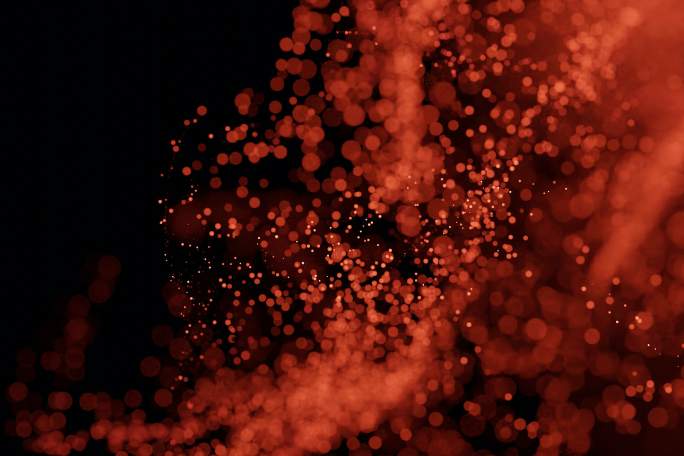Lesson summary
This lesson is Cool’s one-stop-shop on fossil fuels, renewable energies, and how they impact climate change.
It comes with a guided lesson plan for teachers, presentation slides with relevant information, and guided student worksheets for independent inquiry.
Students explore a range of methods of energy generation and how they impact the climate. Students write information summaries of each method. Finally, students write a persuasive summary advocating for one method of energy generation.
Learning intentions:
Students will...
- demonstrate ways in which net-zero carbon emissions can be reached by 2050.
Success criteria:
Students can...
- describe, using scientific vocabulary, different methods of producing energy
- demonstrate a connection between different methods of producing energy and carbon emissions
- advocate for a certain method of energy production with the primary goal of producing net-zero carbon emissions from energy production by 2050.
Lesson guides and printables
Curriculum links
Select your curriculum from the options below.
Lesson details
Curriculum mapping
Australian Curriculum content descriptions:
Year 6 Science:
- Electrical energy can be transferred and transformed in electrical circuits and can be generated from a range of sources (ACSSU097)
Relevant parts of the Year 6 Science achievement standards: Students analyse requirements for the transfer of electricity and describe how energy can be transformed from one form to another when generating electricity
Year 7 Science:
- Some of Earth’s resources are renewable, but others are non-renewable (ACSSU116)
Relevant parts of the Year 7 Science achievement standards: Students analyse how the sustainable use of resources depends on the way they are formed and cycle through Earth systems
Syllabus Outcomes: ST3-6PW, SC4-12ES
General capabilities: Literacy, Critical and Creative Thinking
Cross-curriculum priority: Sustainability
Level of teacher scaffolding: Medium – Discuss the IPCC report with students, lead students through explicit teaching about various methods of energy generation, and support students in independent research and independent creative work
Resources required
- A device capable of presenting a video to the class
- Individual devices capable of accessing the internet – one per student (optional)
- Factsheet – Everything you need to know about energy
- Powerpoint – Everything you need to know about energy and the climate
- Whiteboard
Skills
This lesson is designed to build students’ competencies in the following skills:
- Communication
- Critical thinking
- Digital literacy
- Global citizenship
Additional info
Cool would like to thank the Lord Mayor’s Charitable Foundation and The Vincent Fairfax Family Foundation for generously supporting the development of these lessons.


Welcome back!
Don't have an account yet?
Log in with:
Create your free Cool.org account.
Many of our resources are free, with an option to upgrade to Cool+ for premium content.
Already have an account?
Sign up with:
By signing up you accept Cool.org's Terms and Conditions(Opens in new tab) and Privacy Policy(Opens in new tab).